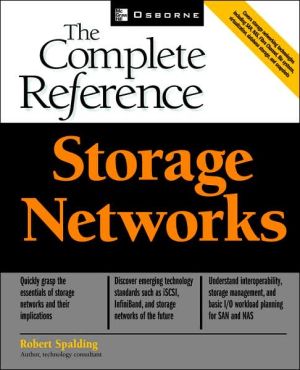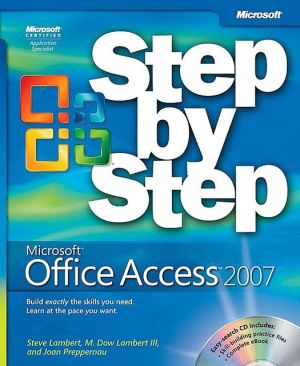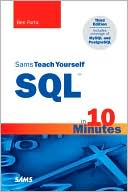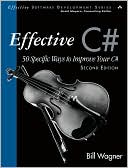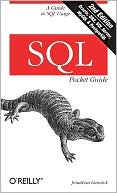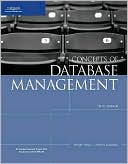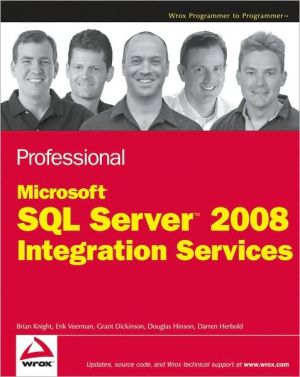Storage Networks
Keep tabs on the vast array of storage network technologies, including SAN, NAS, Fibre Channel, file systems, virtualization, database storage, and snapshots. Plus, discover emerging technology standards such as iSCSI, InfiniBand, and storage provisioning. A profoundly useful resource for troubleshooting and coping with legacy issues such as interoperability and storage resource management.
Search in google:
The Definitive Resource on Storage NetworksCovers storage networking technologies including SAN, NAS, Fibre Channel, file systems, virtualization, database storage, and snapshots This comprehensive guide helps you stay on top of storage networking innovations while understanding the realities of storage networks in the data center. Use the essential concepts of storage networks including architecture, devices, connectivity options, and data organization methods to design and apply comprehensive and successful storage solutions. Learn to work with the two major models—NAS (Network Attached Storage) and SAN (Storage Area Networking)—and their integration with IP, RAID storage architectures, and virtualization basics. Whether you're a network engineer, application designer, or IT executive, discover this useful reference to understand, plan, and maintain a storage network. Plan, install, and manage a successful storage network Analyze network file systems, volume managers, and database storage challenges used in storage networks Understand the realities of data protection and backup/recovery techniques using storage networks Compare reliability and performance by reviewing the potential and limitations of storage component technologies Integrate storage networking solutions with structured and unstructured data using example data center models Consider the best options for using disk, tape, and optical media with storage networks Overcome the challenges and limitations of storage networks using relational database systems and existing LAN/WAN networks Learn I/O workload planning and estimate your storage networking capacities and requirements
ForewordAcknowledgmentsIntroductionPt. IConcepts of Storage Networking1The Data Storage and Data Access Problem32The Battle for Size and Access173Decoupling the Storage Component: Putting Storage on the Network354Decoupling the Storage Component: Creating a Network for Storage49Pt. IIStorage Fundamentals5Storage Architectures656Device Overviews777Connectivity Options958Data Organizational Methods115Pt. IIINetwork Attached Storage9Putting Storage on the Network: A Detailed Discussion13110NAS Hardware Devices14311NAS Software Components15712NAS Connectivity Options175Pt. IVStorage Area-Networks13Architecture Overview19914Hardware Devices21915Software Components23516Configuration Options for SANs253Pt. VApplication - Putting It Together17Defining the I/O Workload27518Applying the SAN Solution29319Applying the NAS Solution31520Considerations When Integrating SAN and NAS335Pt. VIManagement - Keeping It Running21Planning Business Continuity35322Managing Availability36523Maintaining Serviceability38324Capacity Planning40125Security Considerations421Pt. VIIAppendixesApp. ANAS Case Study: The International Image Processing Company453App. BSAN Case Study: The Import Auto Industry465App. CSAN/NAS Management Case Study: The Southwestern CD Company477App. D: Glossary489Index501
\ From Barnes & NobleThe Barnes & Noble Review\ Storage networks aren’t sexy, but 4060 percent annual data growth rates are forcing enterprises to pay attention. SAN technology is notoriously complex, so Robert Spalding’s clear and intelligent guide is especially welcome. \ Spalding begins by explaining why client/server storage models are bumping up against their limits; and how unifying enterprise storage can improve scalability, availability, manageability, and the business value of IT.\ He offers practical introductions to hardware components and bus interfaces; and new insight into the performance-critical interrelationships between databases, filesystems, and storage systems. Next, he moves on to Network Attached Storage, showing how NAS evolved, which problems it solves, and why its file-oriented I/O architecture limits its effectiveness.\ Which brings us to SANs. Here, Spalding is exhaustive without ever falling prey to jargon. You’ll walk through SAN architectures, hardware devices such as Fibre Channel switches, and the software that drives them; and configuration/integration options from data centers to tape backup devices. There’s an excellent chapter on I/O workloads and capacity planning (which needn’t be a black art); followed by practical guidance on handling the disparate characteristics of OTLP, web services, and data warehousing applications.\ You’ll learn how to integrate SAN and NAS systems; utilize storage networks to ensure business continuity; manage availability; and protect your data using SANs that don’t include many security features. Spalding wraps up with two detailed case studies and a very thorough glossary. Bill Camarda\ Bill Camarda is a consultant, writer, and web/multimedia content developer. His 15 books include Special Edition Using Word 2000 and Upgrading & Fixing Networks for Dummies, Second Edition.\ \ \
